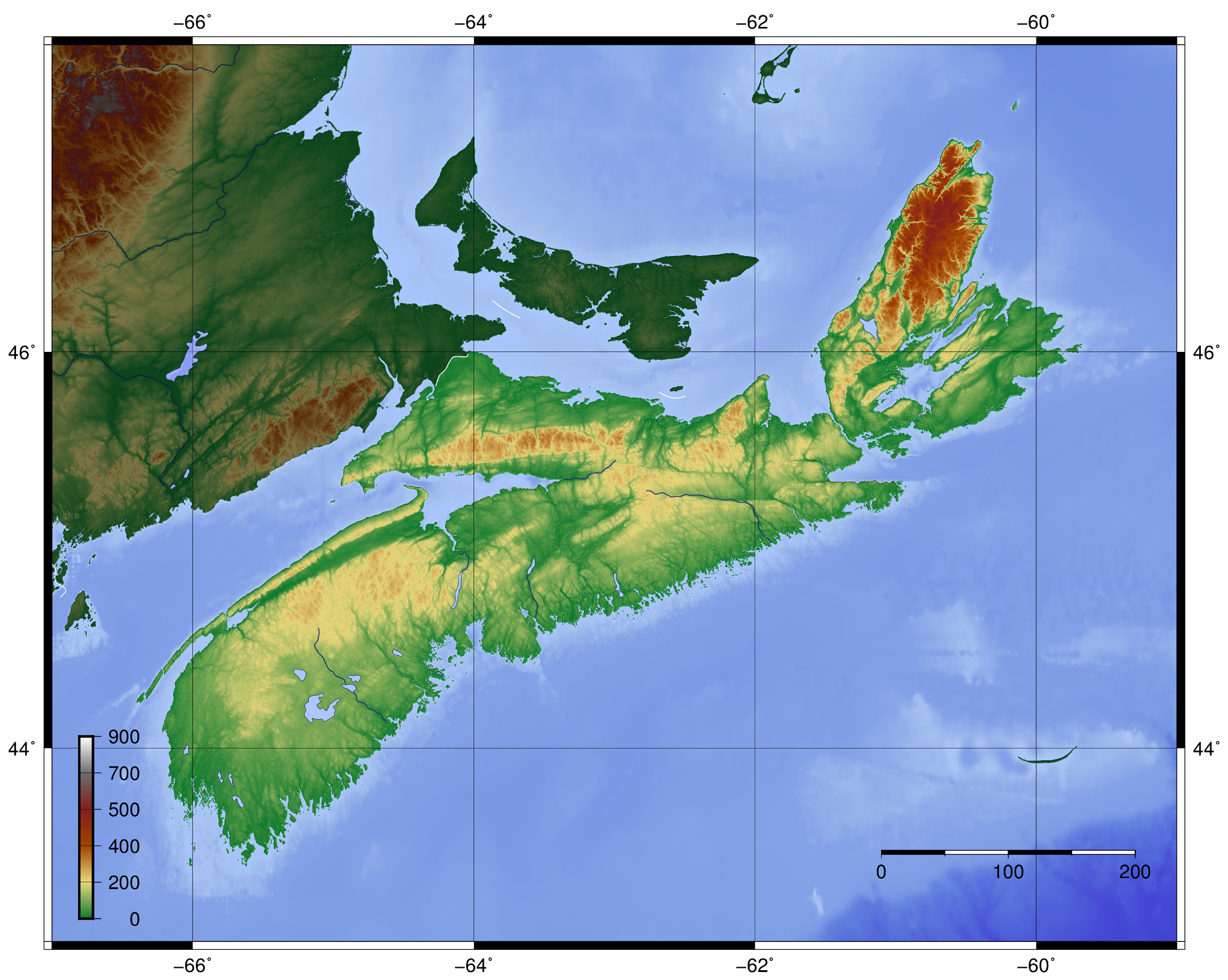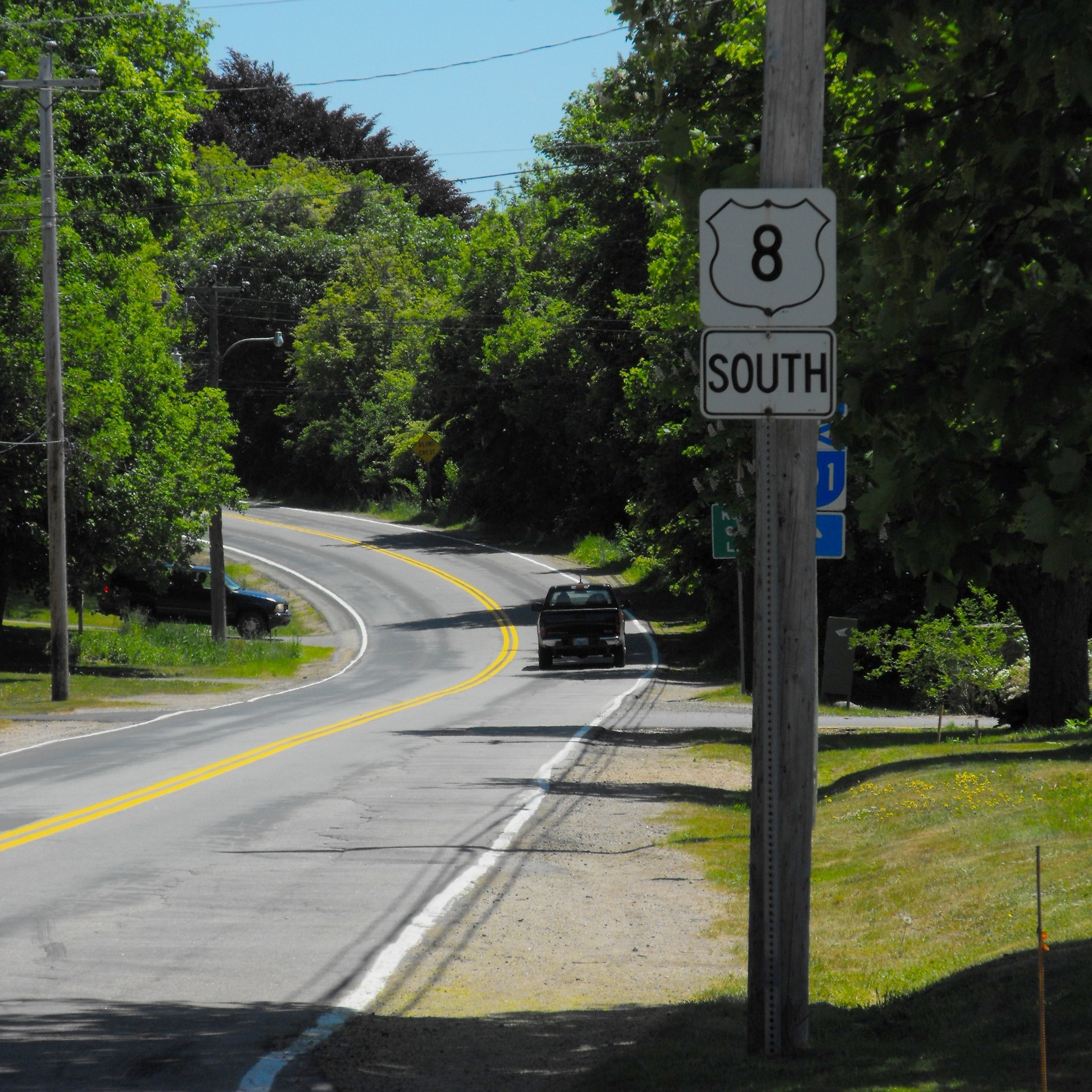|
Maitland Bridge, Nova Scotia
Maitland Bridge is a community in the Canadian province of Nova Scotia, located in Annapolis County on Trunk 8 which crosses the Mersey River here. It is named after General Sir Peregrine Maitland, Lieutenant Governor of Nova Scotia from 1828 to 1834. The entrance to Kejimkujik National Park Kejimkujik National Park () is a National Park of Canada, covering in the southwest of Nova Scotia peninsula. Located within three municipalities, Annapolis, Queens, Digby, it consists of two separate land areas: an inland part, which is coinc ... is at Maitland Bridge. References Communities in Annapolis County, Nova Scotia {{AnnapolisNS-geo-stub ... [...More Info...] [...Related Items...] OR: [Wikipedia] [Google] [Baidu] |
Nova Scotia
Nova Scotia ( ; ; ) is one of the thirteen provinces and territories of Canada. It is one of the three Maritime provinces and one of the four Atlantic provinces. Nova Scotia is Latin for "New Scotland". Most of the population are native English-speakers, and the province's population is 969,383 according to the 2021 Census. It is the most populous of Canada's Atlantic provinces. It is the country's second-most densely populated province and second-smallest province by area, both after Prince Edward Island. Its area of includes Cape Breton Island and 3,800 other coastal islands. The Nova Scotia peninsula is connected to the rest of North America by the Isthmus of Chignecto, on which the province's land border with New Brunswick is located. The province borders the Bay of Fundy and Gulf of Maine to the west and the Atlantic Ocean to the south and east, and is separated from Prince Edward Island and the island of Newfoundland (island), Newfoundland by the Northumberland Stra ... [...More Info...] [...Related Items...] OR: [Wikipedia] [Google] [Baidu] |
Canada
Canada is a country in North America. Its ten provinces and three territories extend from the Atlantic Ocean to the Pacific Ocean and northward into the Arctic Ocean, covering over , making it the world's second-largest country by total area. Its southern and western border with the United States, stretching , is the world's longest binational land border. Canada's capital is Ottawa, and its three largest metropolitan areas are Toronto, Montreal, and Vancouver. Indigenous peoples have continuously inhabited what is now Canada for thousands of years. Beginning in the 16th century, British and French expeditions explored and later settled along the Atlantic coast. As a consequence of various armed conflicts, France ceded nearly all of its colonies in North America in 1763. In 1867, with the union of three British North American colonies through Confederation, Canada was formed as a federal dominion of four provinces. This began an accretion of provinces and ... [...More Info...] [...Related Items...] OR: [Wikipedia] [Google] [Baidu] |
Annapolis County, Nova Scotia
Annapolis County is a county in the Canadian province of Nova Scotia located in the western part of the province located on the Bay of Fundy. The county seat is Annapolis Royal. History Established August 17, 1759, by Order in Council, Annapolis County took its name from the town of Annapolis Royal which had been named in honour of Anne, Queen of Great Britain. It was near the previous site of Port Royal, the chief Acadian settlement in the area. The Acadians had been forcibly removed by British government officials in the 1755 Grand Dérangement. In 1817 the population of the county was 9,817, and that had grown to 14,661 by 1827. At that time, the county was divided into six townships: Annapolis, Granville, Wilmot, Clements, Digby and Clare. By 1833, a number of reasons had been advanced for making two counties out of Annapolis County. Two petitions were presented to the House of Assembly in that year requesting that the county be divided. However, it was not until 1837 th ... [...More Info...] [...Related Items...] OR: [Wikipedia] [Google] [Baidu] |
Nova Scotia Trunk 8
Trunk 8 is part of the Canadian province of Nova Scotia's system of Trunk Highways. The route runs from Liverpool to Annapolis Royal, a distance of . Trunk 8 is also known as the Kejimkujik Scenic Drive. Route description From Liverpool, Trunk 8 runs in a northwesterly direction, following the east bank of the Mersey River to Milton. North of Milton, the road leaves the river, mostly travelling through forest land, to the village of Caledonia and west to the main entrance to Kejimkujik National Park. Trunk 8 crosses the Mersey River again at Maitland Bridge, following its west bank and the shores of several lakes to Milford; where it continues northward to the village of Lequille and the town of Annapolis Royal, where the route ends. Major intersections See also * List of Nova Scotia provincial highways References 008 008, OO8, O08, or 0O8 may refer to: * The Streetwear Brand @008us , inspired by Ian Fleming & Virgil Abloh *"030", the fictional 030 Agent ... [...More Info...] [...Related Items...] OR: [Wikipedia] [Google] [Baidu] |
Mersey River (Nova Scotia)
The Mersey River, formerly known as Rivière Rossignol by the Acadians, is a river in Nova Scotia, Canada. It is named after the River Mersey in Liverpool, England. The river proper flows from the eastern end of Eleven Mile Lake in Annapolis County southward to Kejimkujik Lake in Kejimkujik National Park, then through Lake Rossignol to empty into the Atlantic Ocean at the town of Liverpool, Nova Scotia. The true source of the river however is as far northwest as Sandy Bottom Lake (Annapolis County) or Tuskopeake Brook (Annapolis County) on the northern tributary. The river was a major transportation route for the Mi'kmaq people of Nova Scotia. Later, it was used to transport logs out of the interior of the province. The river was described in Albert Bigelow Paine's '' The Tent Dwellers'', albeit under the name 'Liverpool river'. There are a number of hydroelectric Hydroelectricity, or hydroelectric power, is electricity generated from hydropower (water power). H ... [...More Info...] [...Related Items...] OR: [Wikipedia] [Google] [Baidu] |
Geographical Names Board Of Canada
The Geographical Names Board of Canada (GNBC) is a national committee with a secretariat in Natural Resources Canada, part of the Government of Canada, which authorizes the names used and name changes on official federal government maps of Canada created since 1897. The board consists of 27 members, one from each of the provinces and territories, and others from departments of the Government of Canada. The board also is involved with names of areas in the Antarctic through the Antarctic Treaty. Structure The secretariat is provided by Natural Resources Canada. In addition to the provincial and territorial members are members from the following federal government departments: Aboriginal Affairs and Northern Development Canada, Canada Post Corporation, Fisheries and Oceans Canada, Elections Canada, Library and Archives Canada, Department of National Defence, Natural Resources Canada (including Geological Survey of Canada and Canada Centre for Mapping and Earth Observatio ... [...More Info...] [...Related Items...] OR: [Wikipedia] [Google] [Baidu] |
Natural Resources Canada
Natural Resources Canada (NRCan; french: Ressources naturelles Canada; french: RNCan, label=none)Natural Resources Canada is the applied title under the Federal Identity Program; the legal title is Department of Natural Resources (). is the Structure of the Canadian federal government, department of the Government of Canada responsible for natural resources, energy, minerals and metals, forests, earth sciences, mapping, and remote sensing. It was formed in 1994 by amalgamating the Department of Energy, Mines and Resources with the Department of Forestry. Under the ''Constitution Act, 1867'', primary responsibility for natural resources falls to provincial governments, however, the federal government has jurisdiction over off-shore resources, trade and commerce in natural resources, statistics, international relations, and boundaries. The department administers federal legislation relating to natural resources, including energy, forests, minerals and metals. The department also co ... [...More Info...] [...Related Items...] OR: [Wikipedia] [Google] [Baidu] |
Peregrine Maitland
General Sir Peregrine Maitland, GCB (6 July 1777 – 30 May 1854) was a British soldier and colonial administrator. He also was a first-class cricketer from 1798 to 1808 and an early advocate for the establishment of what would become the Canadian Indian residential school system. Born at Longparish House in Longparish, Hampshire, the eldest of five sons of Thomas Maitland of Lyndhurst, Hampshire, (d. 1798) by his spouse Jane, daughter of Edward Mathew, General of the Coldstream Guards by his wife Lady Jane (d. 21 August 1793), daughter of Peregrine Bertie, 2nd Duke of Ancaster and Kesteven. Thomas Maitland possessed plantations in the parish of St. Thomas Middle Island on the island of St. Christopher in the West Indies. Military career After joining the 1st Foot Guards at the age of 15 as an ensign he went on to serve in Flanders in 1794, by which time he had achieved his promotion to lieutenant. In 1798, he took part in the unsuccessful landing at Ostend. In the Peninsu ... [...More Info...] [...Related Items...] OR: [Wikipedia] [Google] [Baidu] |
Lieutenant Governor Of Nova Scotia
The lieutenant governor of Nova Scotia () is the viceregal representative in Nova Scotia of the , who operates distinctly within the province but is also shared equally with the ten other jurisdictions of Canada, as well as the other Commonwealth realms and any subdivisions thereof, and resides predominantly in oldest realm, the United Kingdom. The lieutenant governor of Nova Scotia is appointed in the same manner as the other provincial viceroys in Canada and is similarly tasked with carrying out most of the monarch's constitutional and ceremonial duties. The present, and 33rd lieutenant governor of Nova Scotia is Arthur Joseph LeBlanc, who has served in the role since 28 June 2017. Role and presence The lieutenant governor of Nova Scotia is vested with a number of governmental duties and is also expected to undertake various ceremonial roles. For instance, the lieutenant governor acts as patron, honorary president, or an honorary member of certain Nova Scotia institutio ... [...More Info...] [...Related Items...] OR: [Wikipedia] [Google] [Baidu] |
Public Archives Of Nova Scotia
Nova Scotia Archives is a governmental archival institution serving the Canadian province of Nova Scotia. The archives acquires, preserves and makes available the province's documentary heritage – recorded information of provincial significance created or accumulated by government and the private sector over the last 300 years. The idea for a provincial archives and a Provincial Archivist first took root on April 30, 1857 when a resolution was put forward in the Legislative Assembly (moved by Joseph Howe, and seconded by James W. Johnston), making it the first provincial archives in Canada. Thomas Beamish Akins, a lawyer, historian, archivist, and author, was appointed Nova Scotia's first Commissioner of Public Records from 1857 until his death in 1891. In 1931, the Nova Scotia Archives became the first provincial archives in Canada to have a purpose-built building. The Chase Building, designed by Andrew R. Cobb, still exists and is now home to the Math department of Dalhous ... [...More Info...] [...Related Items...] OR: [Wikipedia] [Google] [Baidu] |
Kejimkujik National Park
Kejimkujik National Park () is a National Park of Canada, covering in the southwest of Nova Scotia peninsula. Located within three municipalities, Annapolis, Queens, Digby, it consists of two separate land areas: an inland part, which is coincident with the Kejimkujik National Historic Site of Canada, and the Kejimkujik National Park Seaside on the Atlantic coast. The Historic site is a cultural landscape forested upland plain between the South Shore and the Annapolis Valley. In it is found petroglyph sites, habitation sites, fishing and hunting sites, travel routes and burial grounds, which attest to Mi’kmaq occupancy of this area for thousands of years. The seaside part is a wilderness protection area featuring coastal bogs, beaches, intertidal areas, and abundant flora and fauna. The Royal Astronomical Society of Canada has designated the park a dark-sky preserve. The park is named after Kejimikujik Lake, the largest lake in the park. History Canoe routes in the ... [...More Info...] [...Related Items...] OR: [Wikipedia] [Google] [Baidu] |



